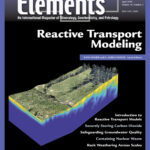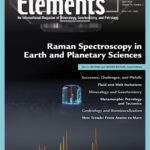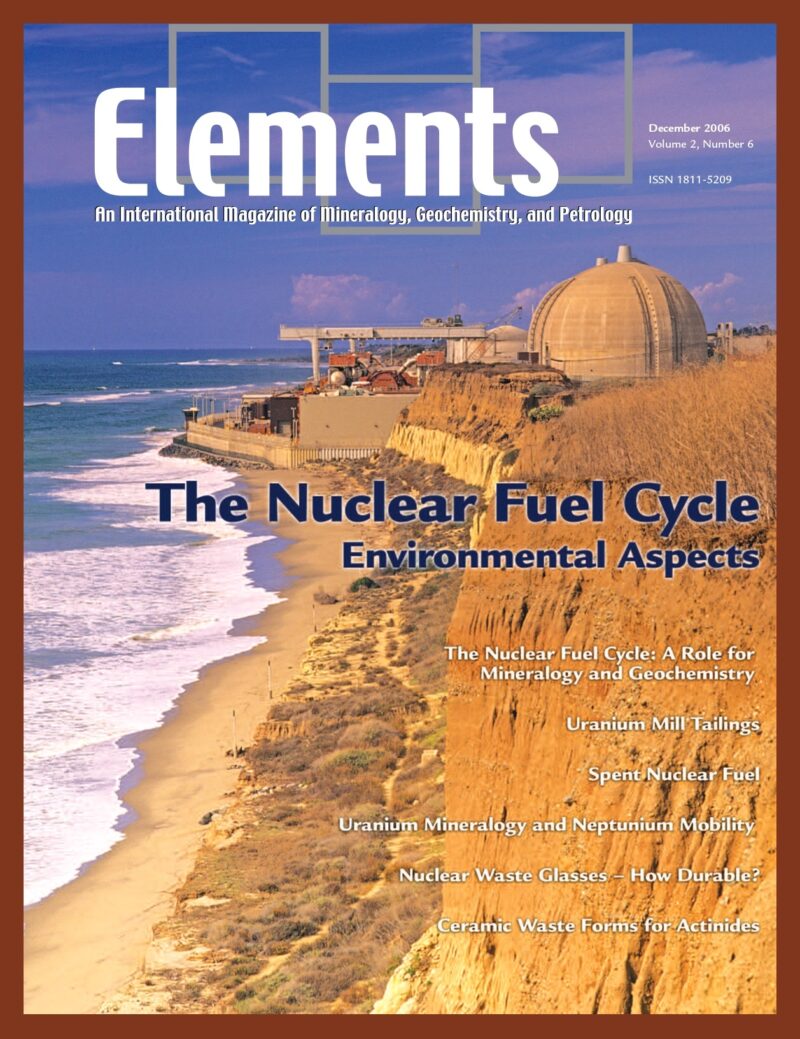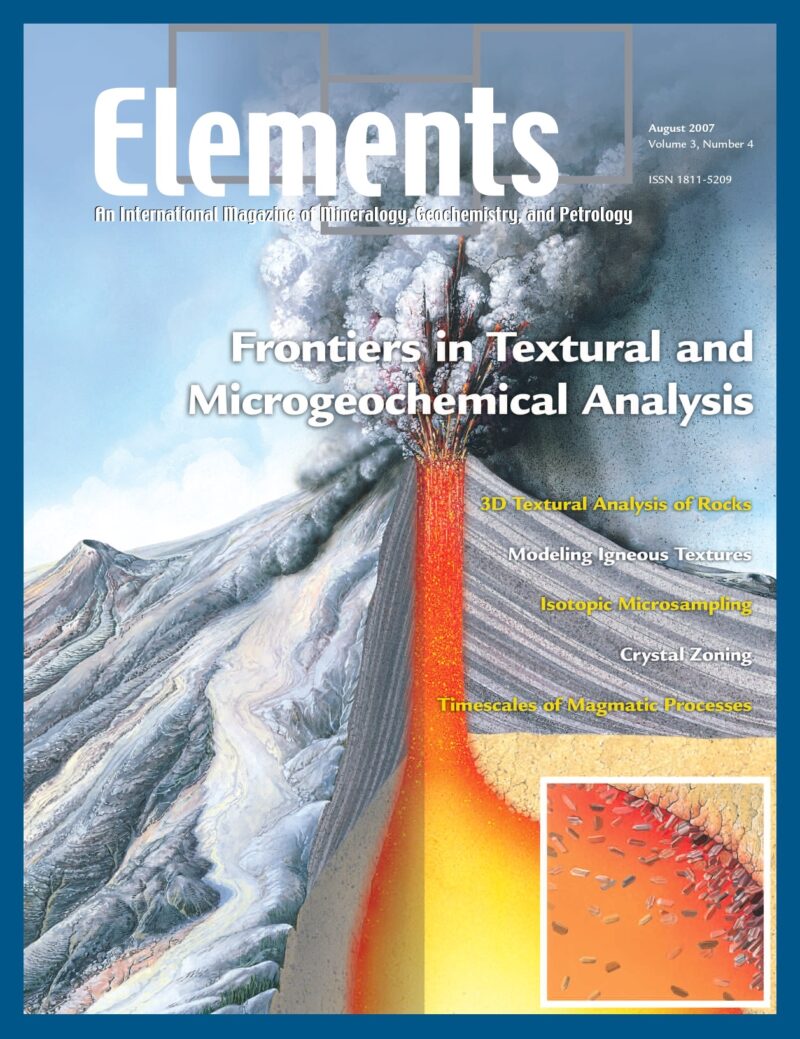
Reactive Transport Modeling, April 2019, Vol. 15, No. 2
June 28, 2024
Raman Spectroscopy In The Earth And Planetary Sciences, April 2020, Vol. 16, No. 2
June 28, 2024Abiotic Hydrogen And Hydrocarbons In Planetary Lithospheres, February 2020, Vol. 16, No. 1
$20.00
Molecular hydrogen (H2), methane, and hydrocarbons with an apparent abiotic origin have been observed in a variety of geologic settings, including serpentinized ultramafic rocks, submarine hydrothermal vents, and deep fractures within ancient cratons. Recent discoveries have reported the presence of hydrogen emanating from the icy crust of Saturn’s moon Enceladus, and methane in the atmosphere of Mars.
Abiotic Hydrogen And Hydrocarbons In Planetary Lithospheres
February 2020, Vol. 16, No. 1
Molecular hydrogen (H2), methane, and hydrocarbons with an apparent abiotic origin have been observed in a variety of geologic settings, including serpentinized ultramafic rocks, submarine hydrothermal vents, and deep fractures within ancient cratons. Recent discoveries have reported the presence of hydrogen emanating from the icy crust of Saturn’s moon Enceladus, and methane in the atmosphere of Mars. Owing in large part to the utilization of hydrogen and methane by chemosynthetic biological communities on Earth (and maybe other planetary bodies), geologic production of these compounds has become the subject of intense scientific study. Geologically produced hydrogen and methane are also of interest as possible energy resources. This issue highlights recent developments in the understanding of geologic sources of hydrogen and methane, the biological utilization of these compounds, and the potential for human exploitation of these resources.
Why You’ll Love Elements Magazine:
- Expert Contributors: Articles written by renowned researchers in the field of geoscience.
- Engaging Content: Join a community of readers who are passionate about Elements.
- Exceptional Quality: Each issue is printed on high-quality paper with stunning visuals and detailed illustrations that bring complex scientific concepts to life.
Order your copy of the February 2020 issue of Elements magazine today and delve into abiotic hydrogen and hydrocarbons in planetary lithospheres.
Related products
-
The Nuclear Fuel Cycle – Environmental Aspects, December 2006, Vol. 2, No. 6
$20.00Increasing concerns for the effects of global warming that result from rising greenhouse gas concentrations in the atmosphere have led to a reexamination, even enthusiasm, for nuclear power. Of all the current alternatives to fossil fuels, nuclear fission is the most important source of energy, accounting for 17 percent of the world’s electricity.
-
Frontiers In Textural And Microgeochemical Analysis, August 2007, Vol. 3, No. 4
$20.00Recent advances have been made in high-resolution in situ methods to image mineral growth patterns, analyse compositional and isotopic zonation, and improve our ability to visualize, study, and model rock textures in three dimensions. These advances provide a significant step forward in the understanding of how rocks form and the history they can tell us.
-
On The Cutting Edge: Teaching Mineralogy, Petrology, And Geochemistry, April 2007, Vol. 3, No. 2
$20.00New advances in research on learning have important implications for teaching mineralogy, petrology, and geochemistry. Effective instructional practices are increasingly student centered, address diverse student learning styles, and employ a variety of active-learning strategies.




